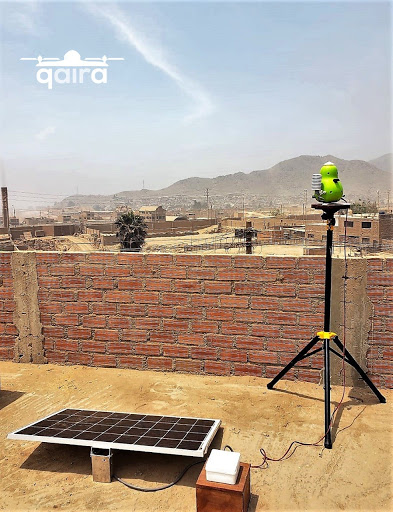main content start
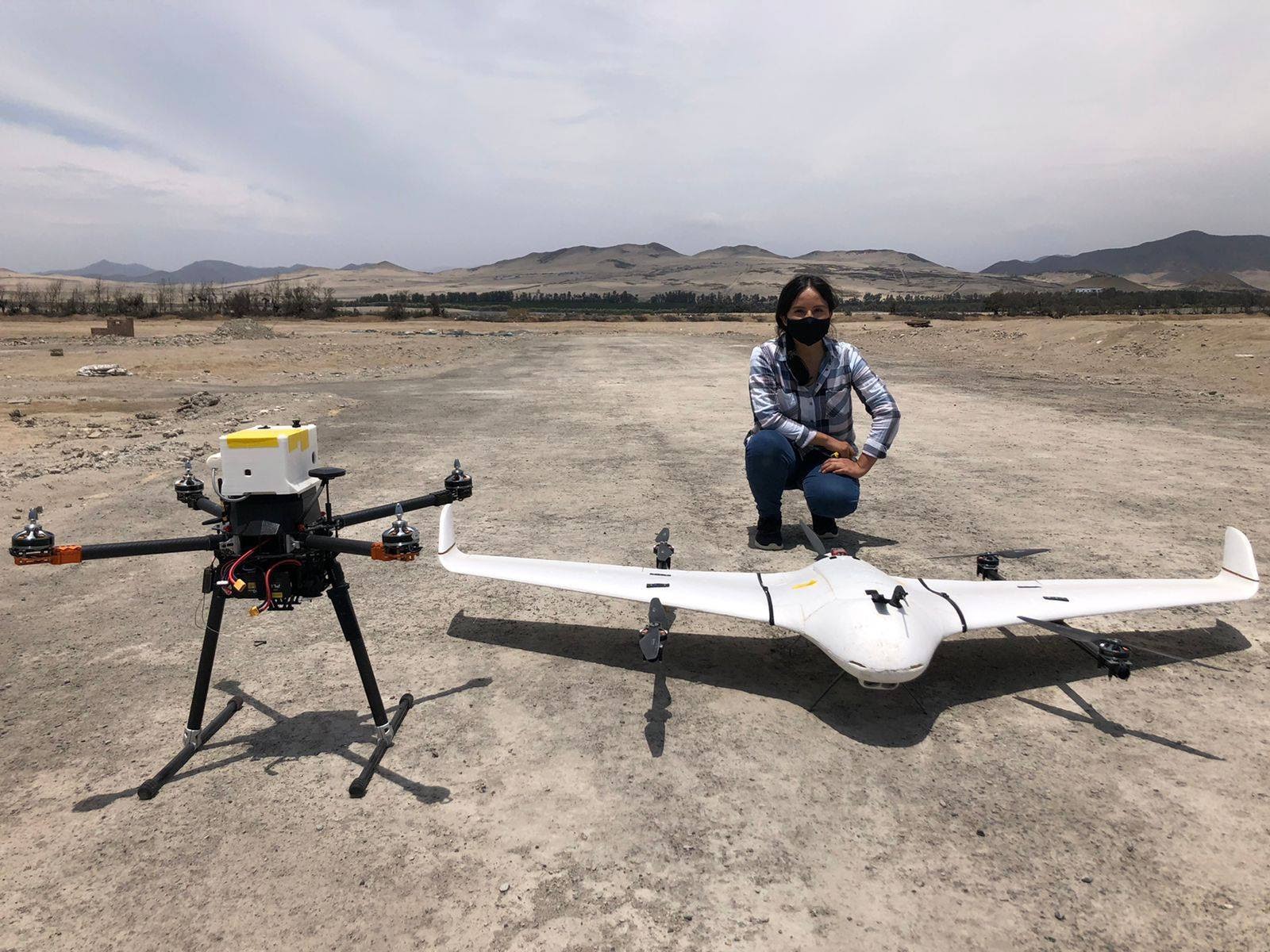
"The key lesson I learned from this test was that we have to value every small step that brings us closer to our goal and remembering this always encourages us to work giving the best of ourselves”- Paola Casabona, drones-hangar engineer at qAIRa.
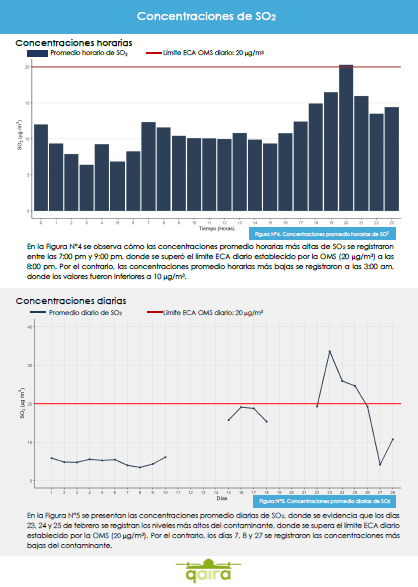
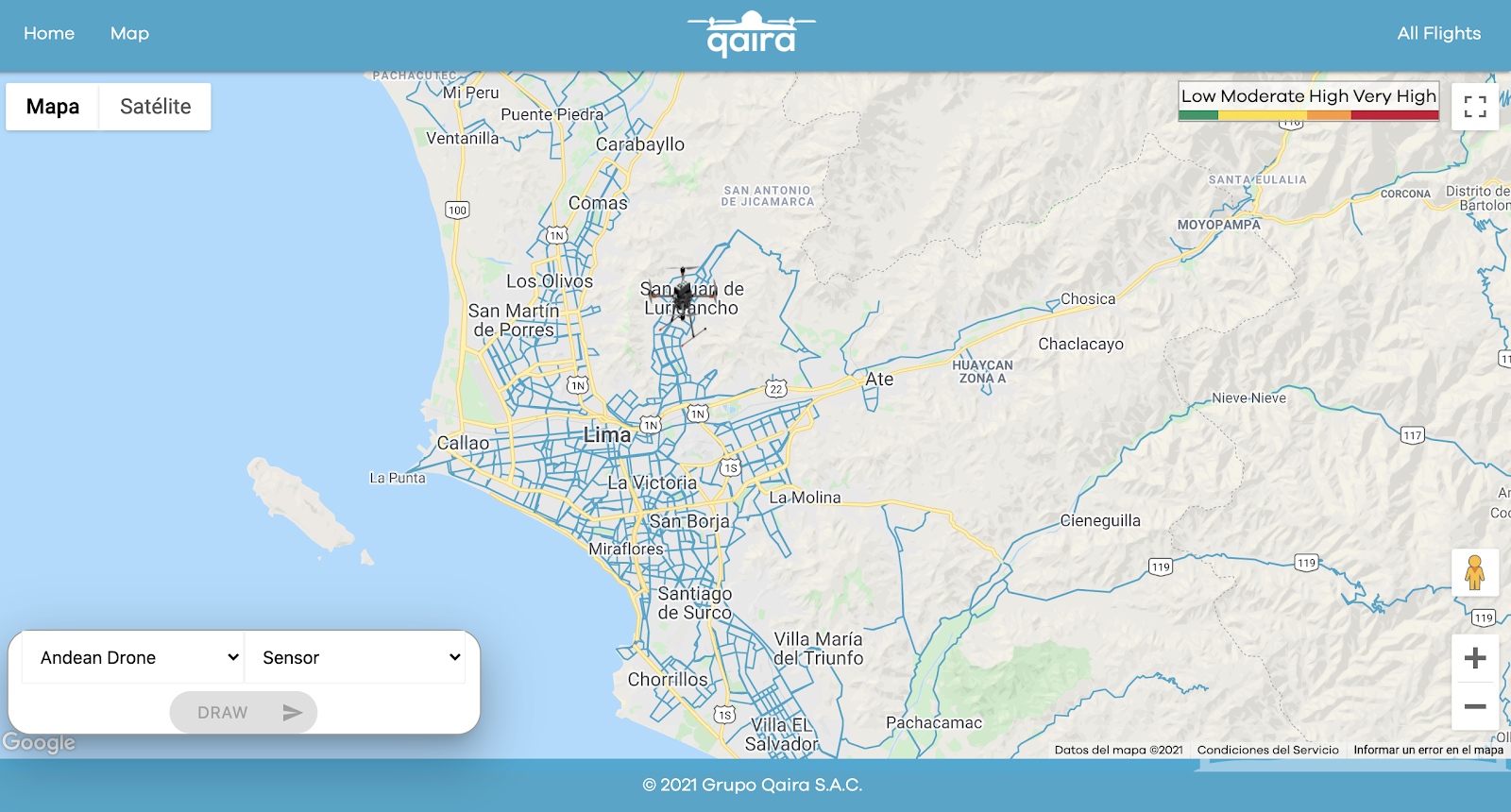
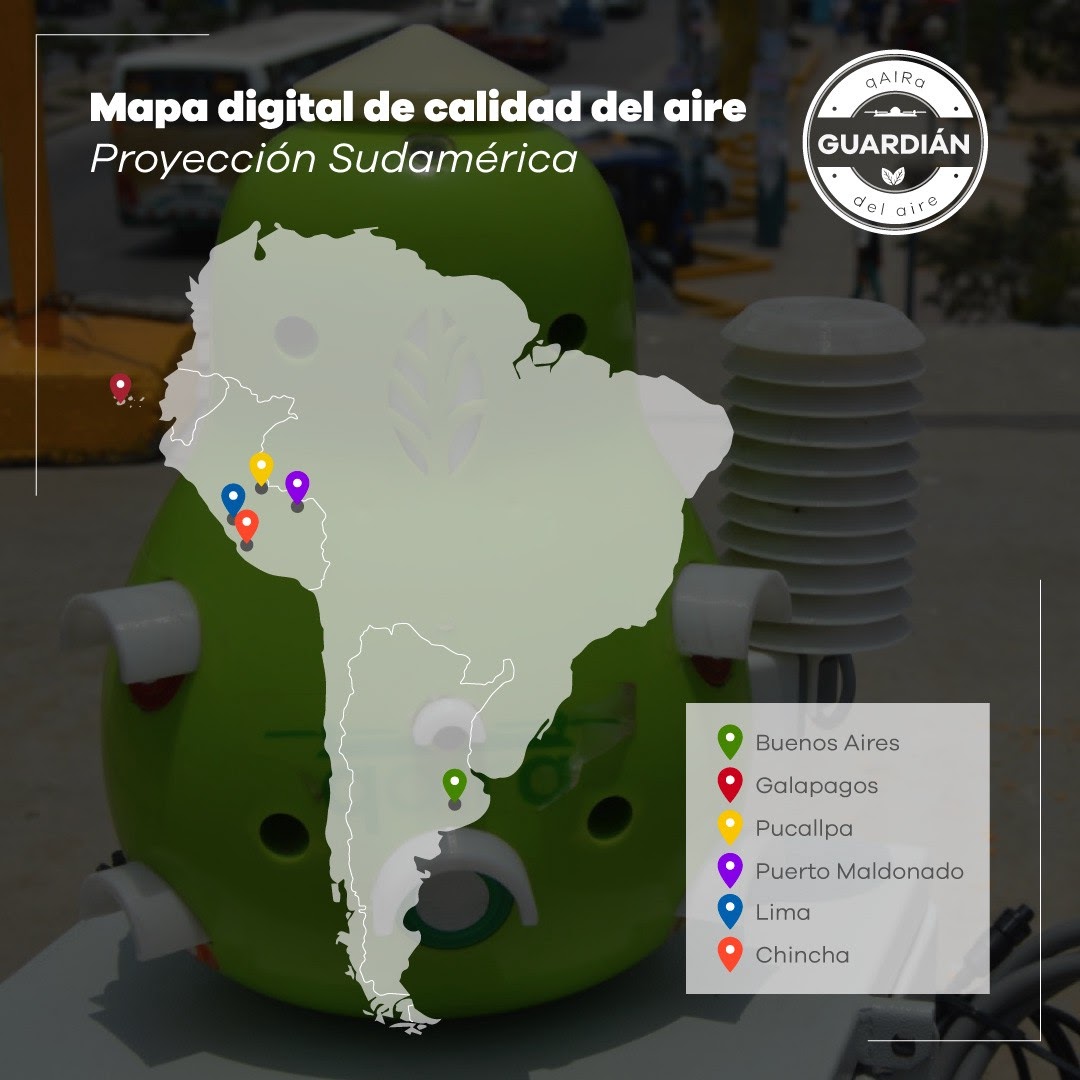
Related Stories

Portfolio News
AGUA: Revolutionizing Global Collaboration for Funding Transparency (with Growth Graduate Atix Labs)
Mar 04 , 2024
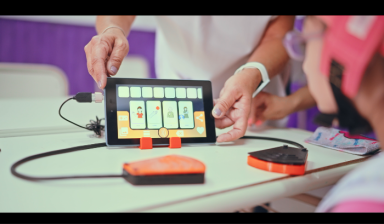
Portfolio News
Sep 26 , 2023
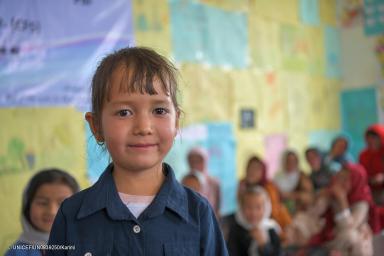
Portfolio News
Sep 26 , 2023
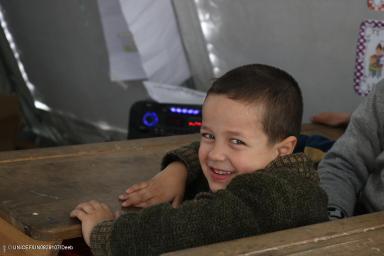
Portfolio News
Sep 25 , 2023
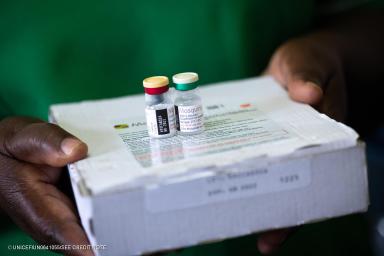
Portfolio News
Sep 25 , 2023
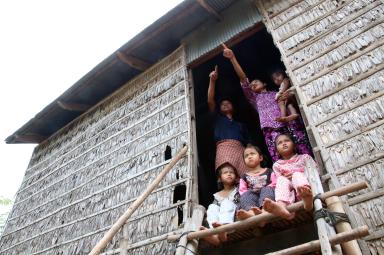
Portfolio News
Sep 25 , 2023
